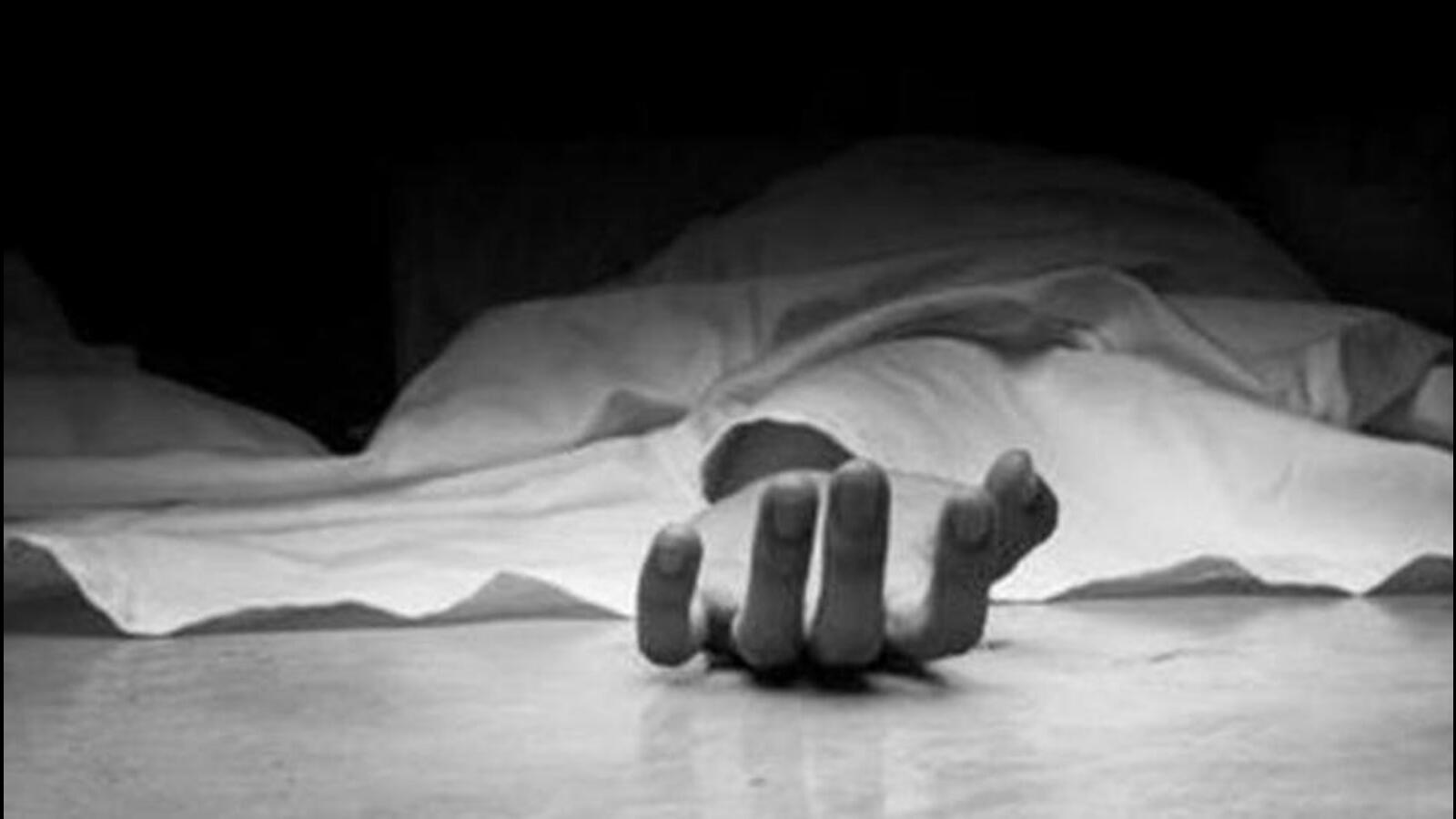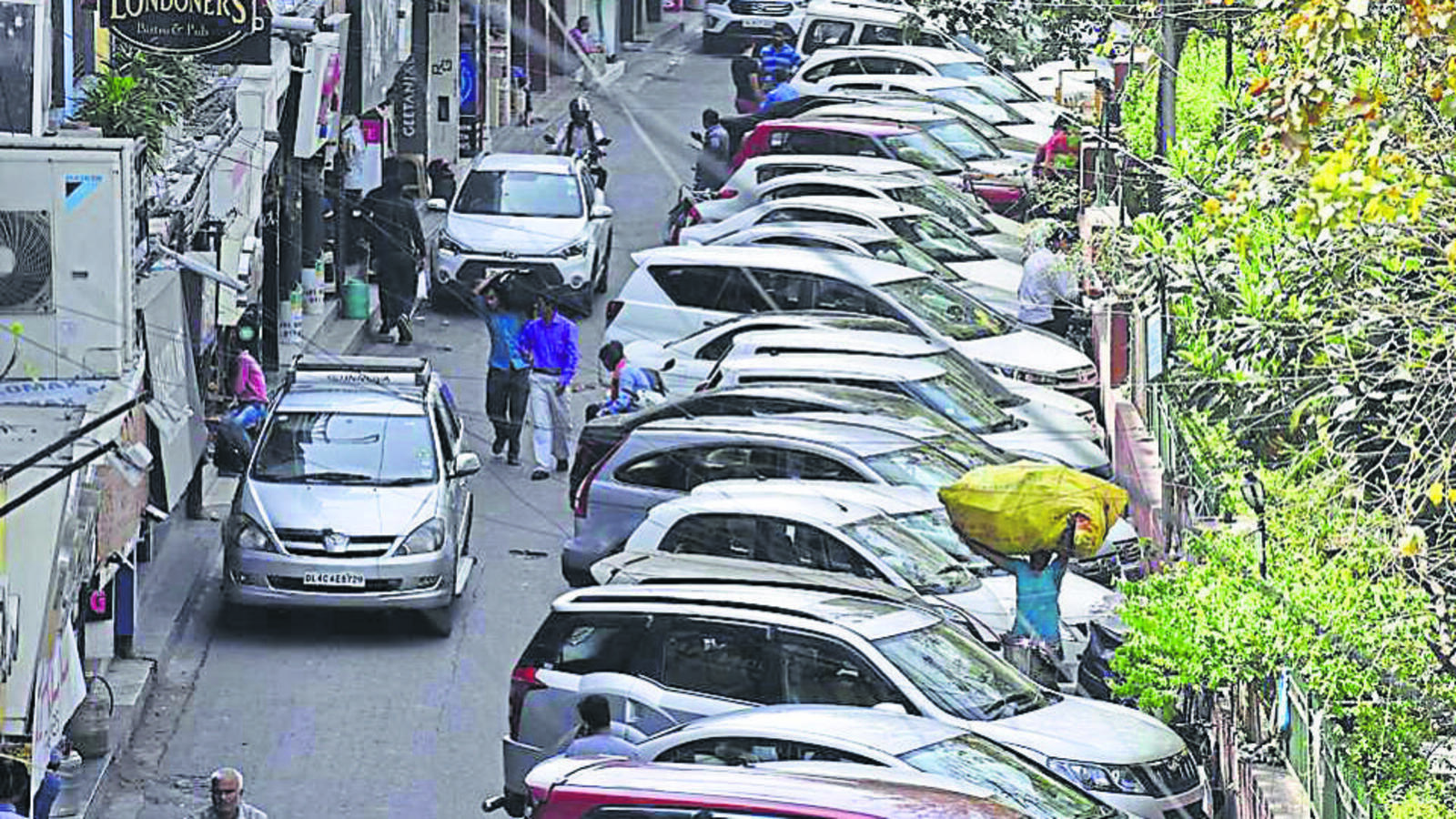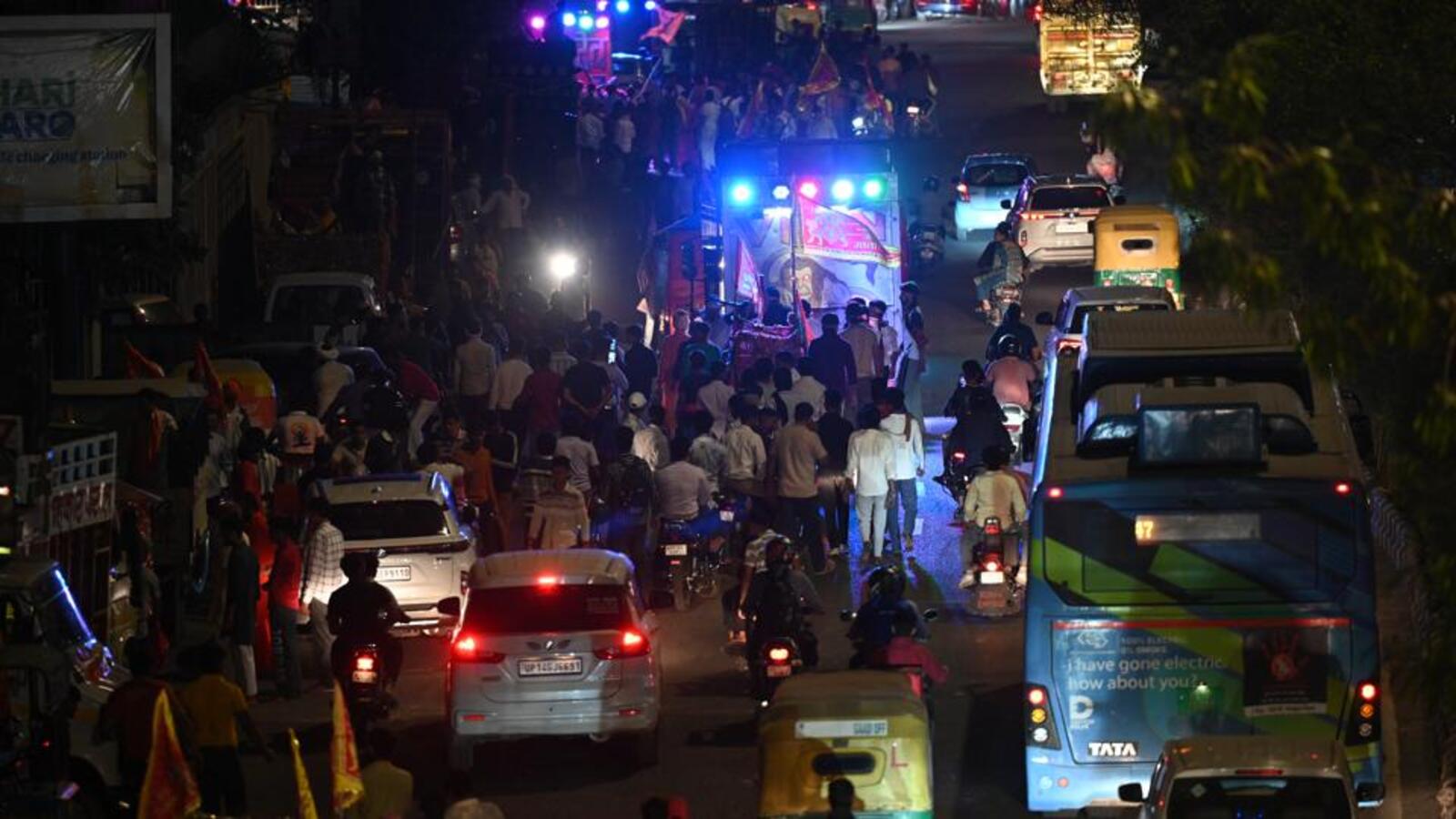Residents across south, east, and southeast Delhi have written to the police ahead of Chaitra Navratri, which begins on March 30, urging authorities to curb the annual disruption caused by blaring loudspeakers and traffic congestion during late-night processions.

Residential welfare associations (RWAs) have raised concerns over rows of “boom box trucks” that blast devotional music at deafening volumes on the city’s streets, often through the night. For the past two years, these processions — marked by towering stacks of loudspeakers and blinding disco lights — have tormented residents along their routes.
The festival, marked by processions carrying sacred jyots — most of these processions usually start from Kalkaji temple and go to different parts of the city — has become a recurring source of distress for those living along the main routes.
Triveni Mahajan, secretary (east) of the Friends Colony Zone RWA, said that every year, in the days leading up to Navratri, the number of such vehicles surges.
“Every year, before the festival, we witness a significant increase in the number of trucks loaded with boom boxes, passing through Mathura Road at high volumes, causing loud and disturbing music. This disturbance typically occurs late at night and early in the morning, continuing for several hours. The booming bass and high-volume music have become a serious cause of anxiety, sleeplessness, and general disruption of daily life for many residents in our community,” said Triveni Mahajan, secretary (east), Friends Colony Zone Residents’ Welfare Association (FCZRWA).
Despite existing noise regulations, the processions have in the past flouted limits.
The Central Pollution Control Board (CPCB) allows a maximum noise level of 55dB(A) in residential areas between 6 am and 10 pm, which drops to 45dB(A) at night. For loudspeakers, the rules mandate that noise at the boundary of a public place must not exceed the permissible limit by more than 10dB(A) or 75dB(A), whichever is lower. In silent zones—such as areas near hospitals—these limits are even stricter, yet RWAs say violations are rampant.
Maharani Bagh RWA president Shiv Mehra said the issue is not about stopping celebrations but about enforcing responsible festivities. “Festivals should bring joy, not distress. We urge residents to be mindful of noise levels, especially at night. Music and celebrations are integral to our culture, but they shouldn’t make life difficult for the elderly, children, and those who need rest,” he said.
The police have promised action this time, with a senior officer saying that special pickets will be deployed along Mathura Road to stop vehicles playing loud music.
“We will instruct participants not to play loudspeakers after 10 pm and to lower the volume during the permissible hours. Many of those participating in the Navratri processions come from outside Delhi, and there have been instances of altercations when police try to intervene. We will handle the situation tactfully,” the officer, who asked not to be identified, said.
However, past experiences have left residents skeptical.
Religious processions equipped with boom boxes and high-decibel speakers have routinely flouted restrictions, often keeping neighborhoods awake until 3 am. The problem is most severe around Kalkaji Temple in south Delhi, a major pilgrimage site during Navratri, where thousands of devotees gather, bringing with them an onslaught of noise and traffic congestion.
In some areas, the issue of noise pollution extends beyond just Navratri.
Rajiv Gupta, president of Kalindi Colony RWA, pointed out that similar disturbances occur throughout the year. “The problem isn’t limited to one festival. Loudspeakers are blared every Tuesday morning, and during Azaan from mosques, despite the strict noise pollution laws. The issue isn’t a lack of regulations—it’s the lack of enforcement,” Gupta said.
Residents in east Delhi fear the problem will return in an even larger form during the Kanwar Yatra in the monsoon. The annual pilgrimage, where devotees carry Ganga water from Haridwar and trek across Uttarakhand and Uttar Pradesh to reach Delhi, sees thousands of Kanwariyas on foot, bikes, and trucks, often playing loud music and taking over roads. “Every year, we see processions disrupting traffic, mini-trucks playing deafening music, and bikers riding triple-seat without helmets, often carrying dangerously long bamboo poles,” an East Delhi resident said.
While authorities make special arrangements for Kanwariyas — including designated rest stops and security cover — residents say their grievances remain largely ignored. They are now hoping that this time, with early warnings and police intervention, steps will be taken to ensure that festivities do not turn into a nightmare.












Leave a Reply